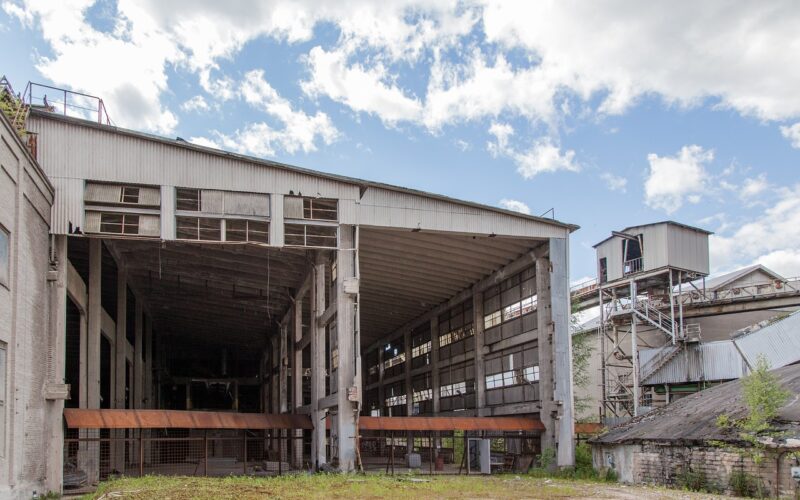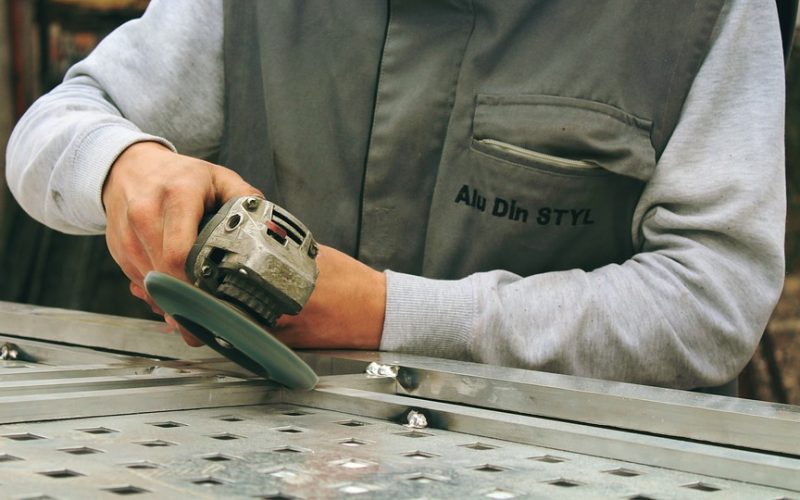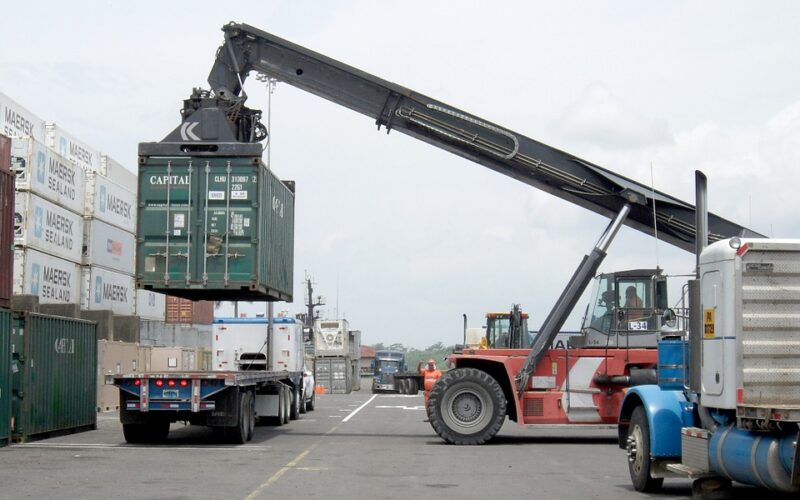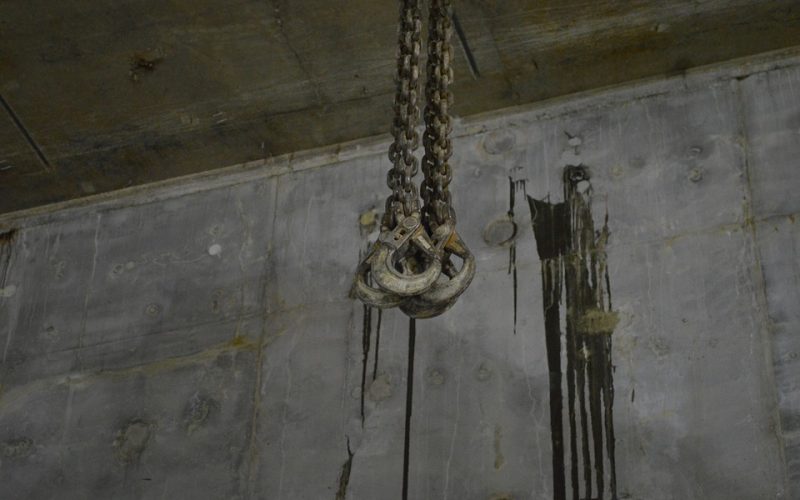Shoring Up An Unstable Building
Facing a crumbling infrastructure and a shaky foundation, it’s easy to get discouraged – even disheartened. However, there is hope for buildings in distress! With determination, knowledge, patience, and perseverance you can stabilise your building and begin the long process of improving its structural well-being.
Identifying the signs
When it comes to the safety of a building, identifying signs of instability is crucial. But what exactly should you be looking out for? Cracks in the walls or foundation can be a telling sign, as can uneven floors and ceilings. Leaning walls or an obvious tilt to the structure can also indicate instability. Additionally, if you notice doors and windows that are difficult to open or close, this could be due to shifts in the building's foundation. It's important to take these signs seriously and seek professional assistance if you suspect your building may be at risk.
Different types of structural support systems
Structural support systems form the foundation of any building, ensuring that it can withstand the test of time. But did you know that there are several different types of structural support systems used in construction? From traditional load-bearing walls to modern steel frames and reinforced concrete, each system has its unique advantages and limitations.
Understanding these different types of structural support systems is vital for architects, engineers, and designers to select the right system for their project's specific requirements.
Assessing the damage
When disaster strikes, assessing the damage is the crucial first step in making a comprehensive plan of action. The process can be overwhelming, but it is essential to take the time to thoroughly examine the situation and understand the extent of the damage. Once you have a clear understanding of what needs to be addressed, creating a plan of action is the next critical step.
Choosing the right type of materials
When it comes to making repairs, selecting the correct materials can mean the difference between a job well done and a complete disaster. Whether it's patching up a hole in a wall or fixing a leaky pipe, choosing the right type of material can ensure that your fix is long-lasting and effective. With so many different options available, it may be difficult to discern which ones to use in various situations. It's important to consider factors such as durability, strength, and compatibility with other materials
Get proper inspections
Ensuring your building is up to code is paramount when it comes to the safety and satisfaction of those who inhabit and frequent it. Proper inspections help identify any potential hazards or violations that may exist, providing an opportunity for corrective action to be taken before things become problematic.
From electrical systems to structural integrity, inspections cover a wide range of essential aspects necessary to maintain a safe and functioning building. Regularly conducting inspections not only helps satisfy legal requirements, but also gives peace of mind and reassurance that your building is in good condition and safe for all those who utilise it.











